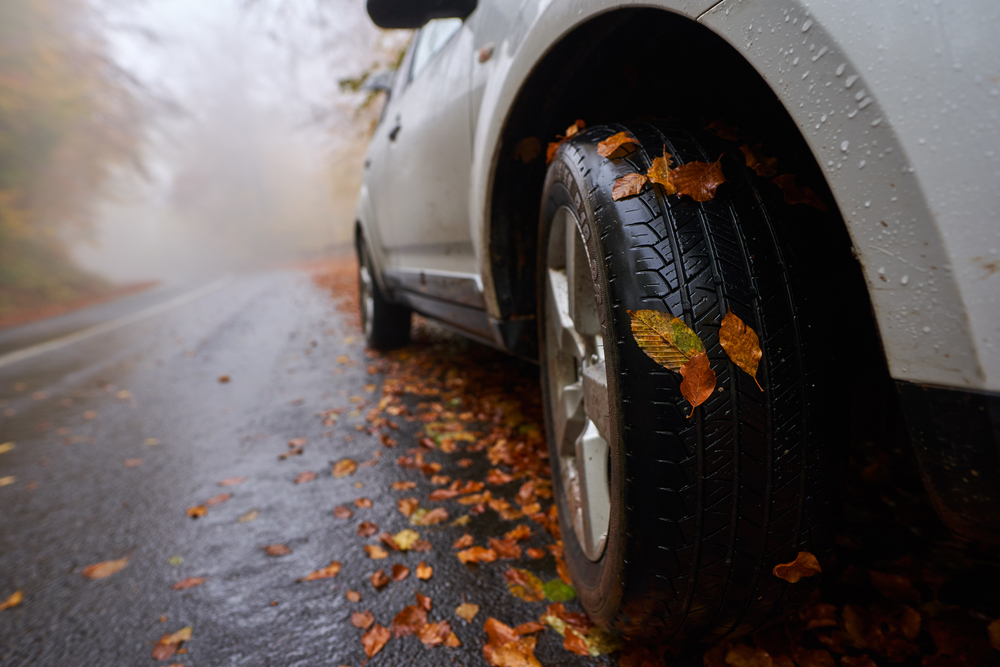Autumn in Ontario introduces driving hazards that are often overlooked in favour of winter weather concerns. Wet leaves, early frost, and shorter daylight hours can all significantly increase the risk of collisions. While snow and ice dominate driver attention during the winter months, wet leaves can be equally treacherous. They create surfaces that are as slippery as ice, reduce tire traction, and lengthen stopping distances. Drivers must therefore reduce speed, maintain safe following distances, and remain vigilant at all times. Under Ontario’s Highway Traffic Act (HTA), RSO 1990, c. H.8, s. 130(1), it is an offence to drive carelessly, and is defined as operating a vehicle without due care and attention or without reasonable consideration for other persons using the highway.
Municipal Obligations and Liability
Road conditions can further complicate autumn driving. Municipalities have a statutory obligation to maintain roads and prevent hazards under the Municipal Act, 2001, S.O. 2001, c. 25, and the Public Transportation and Highway Improvement Act, R.S.O. 1990, c. P.50, for provincial highways. However, liability is not automatic. To succeed in a claim against a municipality, a plaintiff must prove that the municipality failed to meet the required standard of care.
In Fordham v. Dutton Dunwich (Municipality), (2014) ONCA 891, Laskin J.A. outlined a four-step framework for claims of non-repair:
- Non-Repair: The plaintiff must establish the existence of a hazardous condition that poses an unreasonable risk to ordinary road users.
- Causation: The plaintiff must prove that the incident was caused by this dangerous condition.
- Statutory Defences: Once non-repair and causation are proven, the municipality must demonstrate a defence, such as having taken reasonable steps to prevent the hazard.
- Contributory Negligence: Even if the municipality is found liable, it can reduce exposure by showing that the driver’s own actions contributed to the incident.
Early Frost and Black Ice
Early frost and black ice are particularly dangerous because they can develop overnight, often on shaded roads and bridges. Black ice is difficult to see, increasing the risk of losing control. Reduced visibility from shorter days, fog, and rain only act to compound these hazards.
Drivers can mitigate these risks by reducing speed in affected areas, increasing following distances, inspecting tire tread and braking performance, and remaining alert to other road users, including pedestrians and cyclists. Courts in Ontario have consistently emphasized that failure to adjust driving to hazardous conditions can establish contributory negligence in collisions.
Other Fall Hazards
Autumn also coincides with the start of the school year. This increases the presence of students and additional vehicles on our roads. Drivers should adhere to posted school zone speeds, exercise caution near school crossings, and stop whenever a school bus displays flashing red lights and an extended stop arm. Being vigilant in these areas is both a legal obligation and a critical safety measure.
Takeaway
Autumn driving in Ontario is not without risk. Drivers must remain aware of wet leaves, frost, and reduced visibility, adjust their driving accordingly, and comply with statutory obligations under the HTA. Municipal liability for road conditions exists but is not automatic; courts require proof of non-repair, causation, and the absence of statutory defences. By exercising care and attention during this season, drivers reduce both their risk of collisions and potential legal exposure.
If you have been involved in an incident causing you injury, it is always best to consult a professional lawyer who has experience arguing these types of claims to protect your interests. Please contact our team at JRJ LAW for a free initial consultation at 1 (844) DIAL JRJ.


